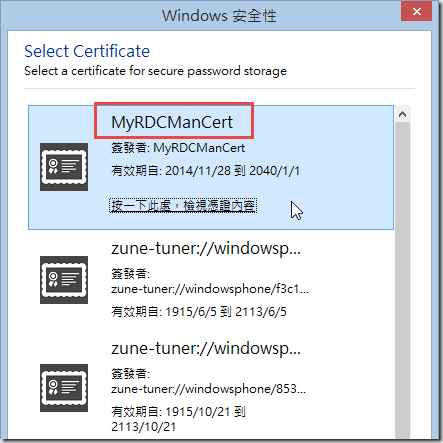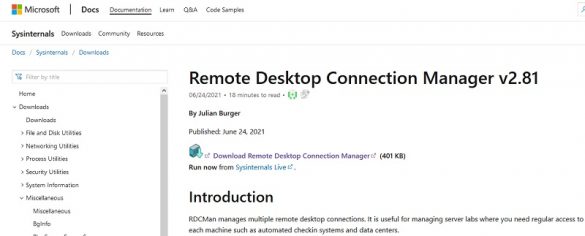

# Create an RDG (XML formatted) file for RDCMan to import so that all workstations are in relevant groups. $ExampleGroup = Get-Group $fileElement 'ExampleUser1-group' 'exampleUser1' (Secure-Password $RDCMan ((New-Object PSCredential "user",$credentialHash).GetNetworkCredential().password)) ‘ExampleDomain’ $adminGroup = Get-Group $fileElement 'Admin-group' $env:USERNAME (Secure-Password $RDCMan ((New-Object PSCredential "user",$credentialHash).GetNetworkCredential().password)) $env:USERDOMAIN


# Name your root element in the RDCMan connection window. # Root XML element that objects will append to # Be aware that you may need to update the path based on where you store the file # Store the XML template into a variable for more sensible parsing / operating $RDCMan = "E:\Remote Desktop Connection Manager\RDCMan.exe" # Store the location of the Remote Desktop Connection Manager file


 0 kommentar(er)
0 kommentar(er)
